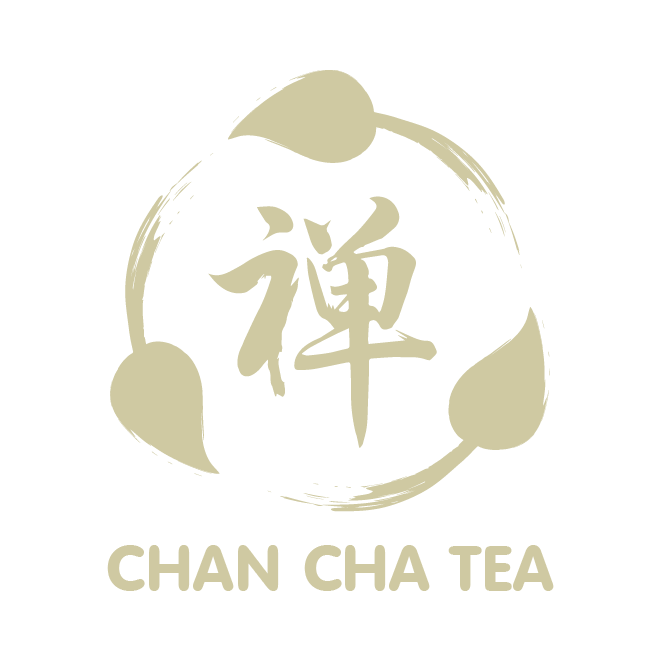A quick history of tea
These days, tea comes in more variations than we can count! However, it was a long journey from its discovery to where we are today. The history of tea begins in China, dating back to the 10th century BC when it was first discovered. According to legend, tea was discovered when Emperor Shennong, the father of Chinese agriculture, was boiling water in his garden and a few leaves from the nearby tea bush fell into the boiling water. He found the resulting brew to be quite pleasant and the rest is history. During the Tang Dynasty (618-907 AD) tea drinking became popular among the Chinese upper class and the first book about tea was written. Tea became part of the imperial court culture and was also used in medicine.
During the Song Dynasty (960-1279 AD) the use of tea spread to the common people, but it was expensive and only the wealthy could afford it. In the Ming Dynasty (1368-1644 AD) tea drinking became a popular pastime and new methods of tea production and brewing were developed. During this time, tea became a major export and it was during this period that tea was introduced to the West. In the Qing Dynasty (1644-1912) tea culture flourished and new varieties of tea were developed. This period also saw the emergence of prominent figures in tea like Lu Yu, known as the Sage of Tea, and Wu Li, who created the Gongfu style of tea preparation. During the time of the British East India Company, tea was cultivated in India and sent via ships to be sold in Europe and other distant lands. It wasn’t long before King Charles II of England took note of tea and took strides to make it popular in his own country.
In the next century, tea went from a luxury item to an everyday staple of the British diet. The United Kingdom, however, wasn’t the only place where tea gained popularity. When British colonists settled in the United States, they brought tea with them, and in the 1700s, tea houses became popular social gathering places in many cities. Tea became an integral part of the culture and was eventually subject to taxation in the form of the Tea Act, sparking what would become a major event of American history – the infamous Boston Tea Party of 1773. The angry colonists famously loaded the taxed tea from ships harboring in Boston into the harbor and destroyed it, prompting a taxation revolt that eventually resulted in the American Revolution and the formation of the United States. Tea not only played a central role in American history, but has also become a global phenomenon.
The tea ceremony is an important part of both New Zealand and Chinese culture. In New Zealand, the Maori people have their own traditional tea ceremony, which consists of gathering around a traditional Maori hangi, a fire pit, and then sharing food and beverages such as tea. This ceremony is often accompanied by the haka, the traditional war dance of the Maori.
Though tea popularity has exploded around the world, China remains the largest producer and exporter of tea. Chinese tea is consumed all over the world and has become a cultural symbol of China. Tea ceremonies are still practiced in China and tea continues to be an integral part of Chinese culture. Today, traditional tea ceremonies are gaining popularity around the world, with countries putting their own spin on the practice and creating new tradition along the way! Simply put, we all love tea!

